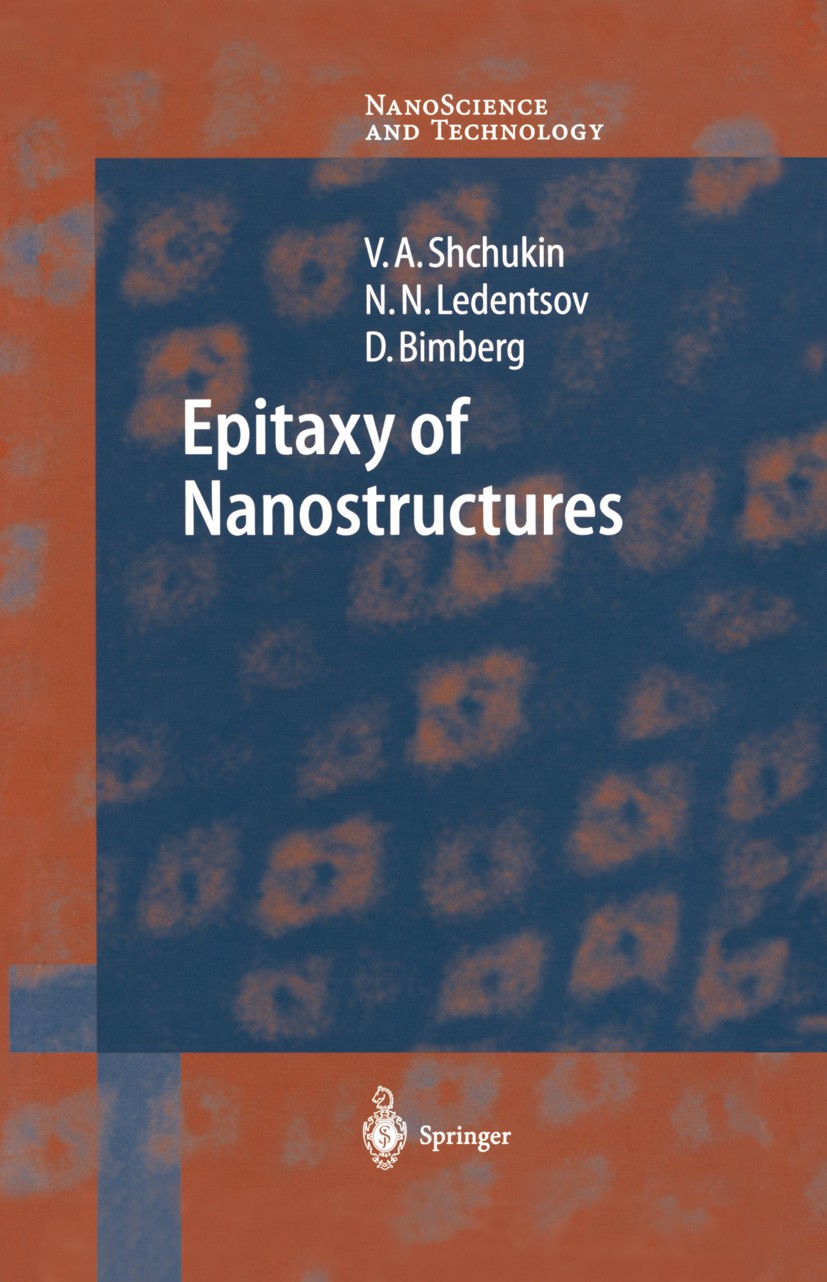| 书目名称 | Epitaxy of Nanostructures |
| 编辑 | Vitaly A. Shchukin,Nikolai N. Ledentsov,Dieter Bim |
| 视频video | http://file.papertrans.cn/314/313366/313366.mp4 |
| 概述 | Will be the first Springer book in the field of formation of nanodevices by self-organized growth.Includes supplementary material: |
| 丛书名称 | NanoScience and Technology |
| 图书封面 |  |
| 描述 | The general trend in modern solid state physics and technology is to make things smaller. The size of key elements in modern devices approaches the nanometer scale, for both vertical and lateral dimensions. Ultrathin layers, or quantum wells, had already gained broad acceptance for applications in micro- and optoelectronics by the 1980s. However, the development of het erostructures with lower dimensionality (quantum wires, where carriers are confined in two directions and move freely in one, and quantum dots, where carriers are confined in all three directions) took longer. It became clear that quantum wire and dot structures constitute the utmost technological chal lenge, whilst providing enormous advantages. At the beginning of the 1990s, a few outstanding discoveries concern ing self-organization phenomena at crystal surfaces for direct fabrication of nanostructures led to a change in the major paradigms of semiconductor physics and technology. This new approach in epitaxy enables fast parallel fabrication of large densities of quantum dots or wires for almost unlimited material combinations and has become the basis for a powerful new branch of nanotechnology. Quantum dots, |
| 出版日期 | Book 2004 |
| 关键词 | Epitaxy; HTS; Laser; PES; Semiconductor; nanotechnology; quantum dot |
| 版次 | 1 |
| doi | https://doi.org/10.1007/978-3-662-07066-6 |
| isbn_softcover | 978-3-642-08735-6 |
| isbn_ebook | 978-3-662-07066-6Series ISSN 1434-4904 Series E-ISSN 2197-7127 |
| issn_series | 1434-4904 |
| copyright | Springer-Verlag Berlin Heidelberg 2004 |
 |Archiver|手机版|小黑屋|
派博传思国际
( 京公网安备110108008328)
GMT+8, 2025-12-25 01:36
|Archiver|手机版|小黑屋|
派博传思国际
( 京公网安备110108008328)
GMT+8, 2025-12-25 01:36


